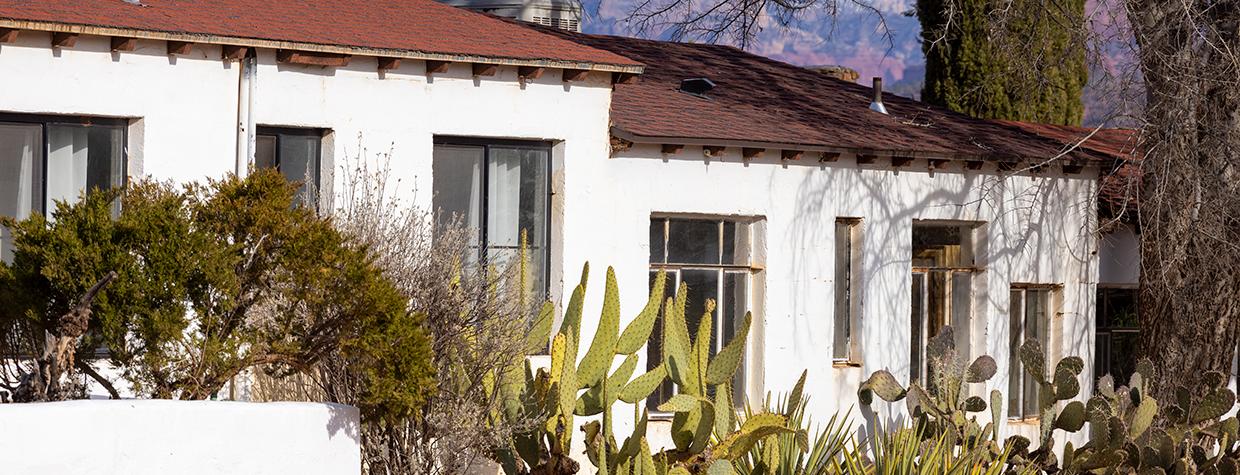Jeff Perkins came to Verde Valley School in 1955, when he was a year old and his parents were hired as teachers. For the most part, he’s been there ever since.
“My sophomore year, I took a class with an art teacher named Nassan Gobran,” Perkins recalls. “He was a major influence on me, and I fell in love with ceramics right there. I said to myself, I want to go out, I want to get a degree in ceramics, and I want to come back and teach at Verde Valley School.” And that’s what he’s done for more than 40 years, in addition to a long career as a ceramist and photographer. “It’s such a beautiful place,” he says. “You couldn’t be in a more beautiful surrounding. I always loved it as a kid, and I always thought, What a great place to teach.”
Leslie Warren Sarn’s relationship with the school goes back even further: When her parents founded it in 1947, she was just 4. “It’s been exciting from start to finish,” says Sarn, who has retired to her family’s house on campus.
Few, if any, of Verde Valley School’s thousands of alumni can claim as long an association as Perkins and Sarn. But the private boarding school, which welcomed its first students 75 years ago this fall, continues to use an innovative, immersive curriculum and a service-oriented mission to turn students from all over the world into the next generation of leaders. Being nestled among the natural wonders of Red Rock Country plays a role, too.
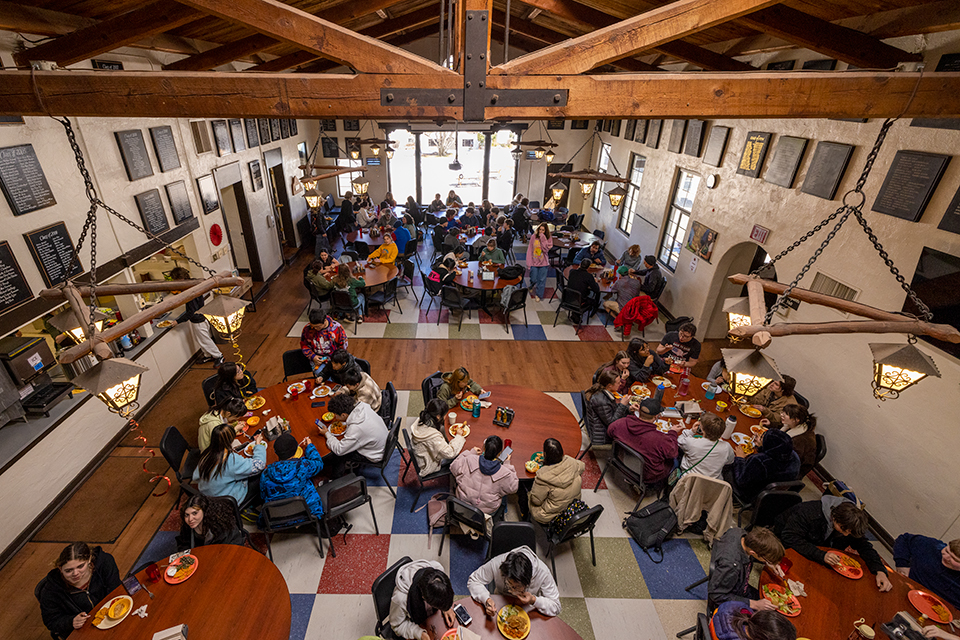
“We just brought in a group of kids from China in January,” says Paul Amadio, who’s been head of school since 2015. “Many of these kids who arrived had never slept outside, had never seen the stars, had never been on a hike, had never rock-climbed, had never mountain-biked. Those are things that you get here as part of your education. And that’s part of the history of the school: the land around us.”
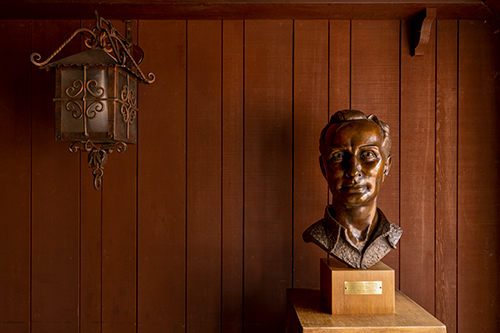
Hamilton Warren took the long way to Sedona. A Boston native, Harvard graduate and veteran of the U.S. State Department, Warren came up with the idea for Verde Valley School while working for the Office of War Information during World War II. “He concluded that the world’s great need was for leaders capable of understanding the basic factors of such problems,” Ed Peplow wrote in the August 1954 issue of Arizona Highways. “They must especially be people who had tolerance and understanding for the rights and views of others, based upon a firm foundation of conviction of what is good and right.”
After the war, Warren and his wife, Barbara, scoured the country — covering 40,000 road miles, by their estimate — in search of a place that would provide that foundation. They settled on a spot south of Red Rock Crossing and east of present-day Red Rock State Park. It offered proximity to Arizona’s tribal lands and to Mexico — two cultural entities the couple hoped to share with students. “Dad was a very adventurous man,” Sarn says. “He loved Boston and the East, but he especially loved the West.”
Warren also had a personal connection to Arizona, Amadio says, having spent time there as a child due to various illnesses. And Sarn adds that her father was influenced by his time at Tucson’s Evans Ranch School for Boys, a prestigious prep school that incorporated activities such as long horseback rides to Flagstaff and other locations. “The beauty of [Red Rock Country] and its salubrious year-round climate were bonus blessings,” Peplow wrote. “As for the isolation of the location, well, it was a liability easily outweighed by all the assets.”
What followed was a nearly yearlong process of constructing the campus, often with the help of Hopi and Navajo craftsmen. By August 1948, the Warrens had three buildings and six faculty members — and no students. They pushed the school’s opening to October and set to work on enrollment, but the initial class numbered just 16. “They arrived to find the nucleus of the present campus set out among piles of gravel, building blocks, lumber piles [and] half-made roads,” Peplow wrote. Sarn recalls the area’s abundant animal life, including mountain lions and skunks that were curious about the dogs on campus.
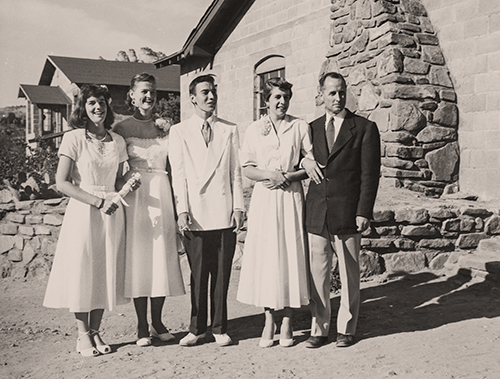
The school was slightly more developed, but still just as isolated, when Perkins arrived with his parents seven years later. His mother, Maggie, taught English and drama, while his father, Cliff, taught American history. Perkins recalls hoping monsoon storms would wash out the rugged dirt road to campus so he wouldn’t have to go to school in town. As a “faculty brat,” he got to join the school’s horseback riding program even before enrolling and graduating in 1972.
And decades after its founding, the school was still being shaped by its students — and teachers. “My dad was quite a character,” Perkins says. “In the ’60s, after he had taught a section on Henry David Thoreau, the senior class of 1966 decided to build a ‘Thoreau hut’ at the school.” The structure, complete with a rock that Perkins’ father had collected from the actual Walden Pond, became a place for students to find solitude and write in their journals. It’s still standing and has been repaired in recent years.
Elysia Heller, a 1988 graduate, says the school’s small class sizes and diverse student body made it an ideal place for her to get away from the distractions of her native Southern California. “Everyone is coming in with different experiences and upbringings,” she says, “and the shared experience at Verde Valley School has a way of leveling the playing field and bringing people together.”
That was also important to another alumna, Jeneda Benally. Having grown up on the Navajo Nation and at the Grand Canyon, she’d attended a small, inclusive school, but in her first two years of high school in Flagstaff, she had negative experiences, including being exposed to racism for the first time. Her grades plummeted, and she was on the verge of dropping out when a friend scheduled a Verde Valley School tour for her family.
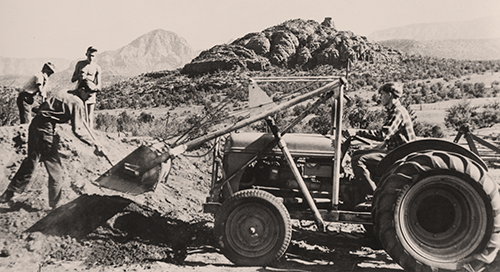
“My father was a victim of the boarding school era [for Indigenous Americans], so he was very concerned about me attending a boarding school,” Benally recalls. “But we went down to the school, and it was an incredible experience to see and understand how the students had helped to build the school at the very beginning. … It reinvigorated my love of learning, and it showed me there was a community that not only cared about education but also cared about well-being.”
Benally attended for her junior and senior years, graduating in 1992. She was the first beneficiary of a scholarship fund created by her godfather, musician Jackson Browne, to support Indigenous students at the school. For a decade, Browne organized concerts on the campus to benefit the fund, attracting stars such as Neil Young, Bonnie Raitt and the Indigo Girls.
Benally has gone on to her own successful music career, and she’s spoken at the United Nations and performed as a “musical ambassador” on State Department diplomatic missions. She says she’s applied many of the principles she learned at Verde Valley School to her career as a touring musician. She also serves on the school’s board of directors, and in recent years, she joined with Bill Carter, a filmmaker, author and Northern Arizona University professor, and Leigh Carter, a teacher and Native programs coordinator at the school, to revive Browne’s benefit shows as the Dream Concert, an annual virtual event.
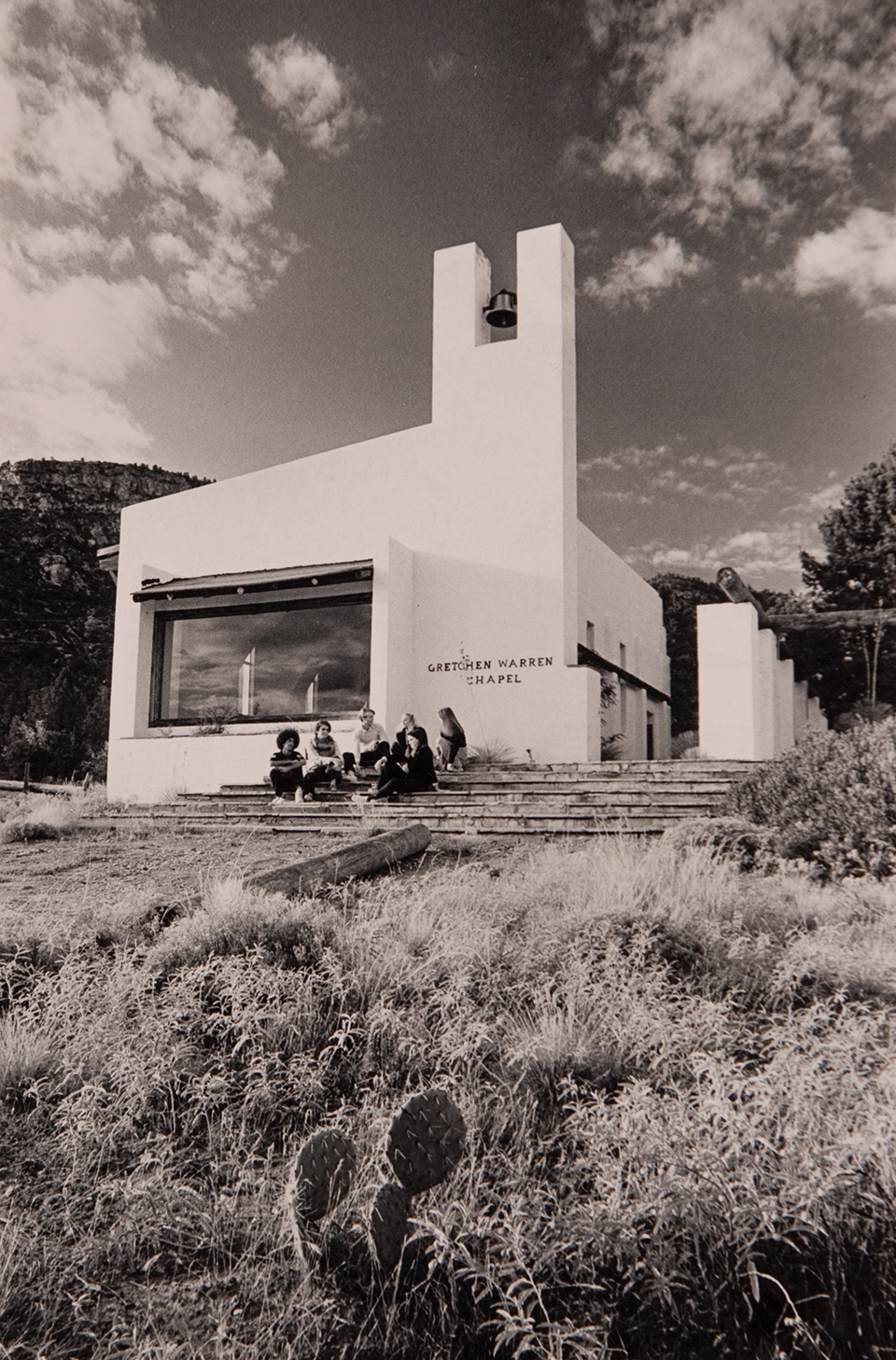
“The deep philosophies and the mission of the school, of truly being a global citizen in our world, are so much a part of who I am as an adult,” Benally says. “It beats within my heart — that understanding of being part of a global community.”
These days, Verde Valley School’s enrollment maxes out at 120, and for the 2022-23 school year, the campus welcomed students from 14 different countries. Most are boarding students who live in seven dorms — three for boys and four for girls. And for those students, life is busy: The school day starts at 8:30 a.m. and doesn’t end until 9:30 p.m., after six classes, sports or other extracurricular activities, meals, and a mandatory two-hour evening study hall.
“That’s a really good thing,” Amadio says, “because they have so many choices here in terms of what they can do to stay busy.” There are equestrian and dance programs; basketball, soccer, cross country and golf teams; and VVS Outdoors, an adventure education program that includes mountain biking, hiking and rock climbing. Students
also complete around 1,000 hours of service over four years at the school, and they help with maintenance tasks around campus — everything from cleaning offices to shoveling manure.
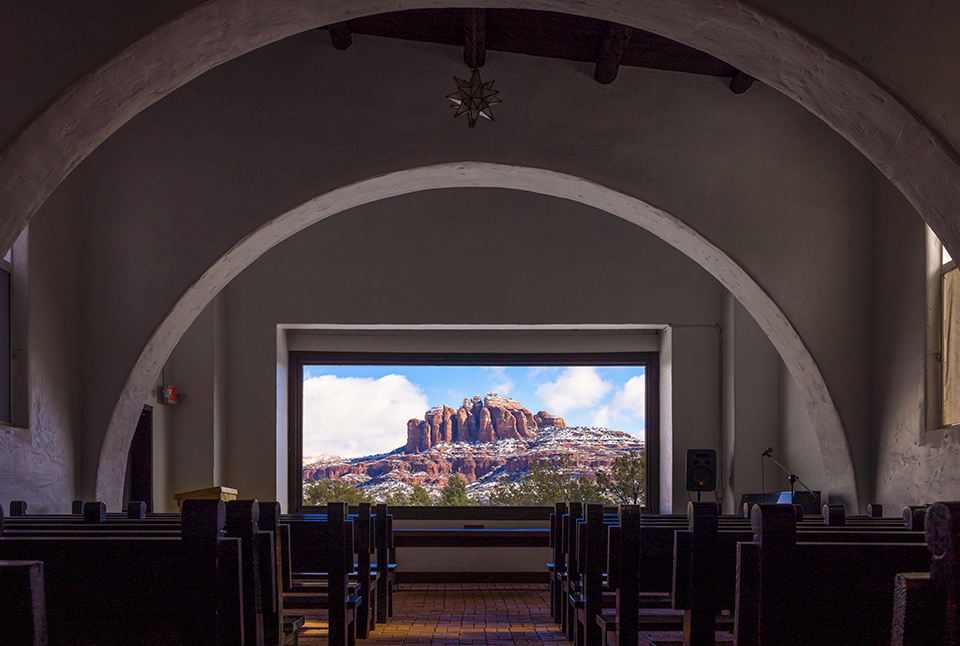
And while the campus isn’t quite as isolated as it once was — dirt roads and letters home having been replaced by pavement and omnipresent smartphones — the focus remains on academics and preparing students for college. In addition to the regular high school curriculum, juniors and seniors can opt for an International Baccalaureate diploma program that offers university-level classes. At Verde Valley School, that curriculum, “IB + Dirt,” has a twist informed by the natural riches of Red Rock Country.
“We have a very rigorous academic program, but we also use the land as a place for learning,” Amadio says. “So, you might find our kids down at the creek, where they’re measuring [mineral] content in water. We have a big organic farm, and they may be there doing math or science. The idea is that you can take kids out of the traditional classroom experience … and put them in a project-based opportunity to learn from each other and learn how to collaborate and innovate.”
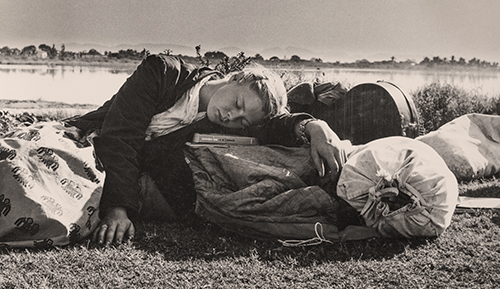
Another key component of student life is the field expedition program, which allows students to spend two weeks every November in a variety of unfamiliar settings. Trips to Mexico and tribal lands are still offered, but recent trips have also included building homes in Guatemala, backpacking through the Grand Canyon and exploring the ecosystems of Southern California.
Heller recalls one of her own expeditions, spending 12 days in freezing conditions during a cross country ski trip in the Sierra Nevada. “That was an empowering, informative, life-changing and character-building experience — the physicality of it, juxtaposed against the mental conflict of your inner voice telling you that you can’t do it, but knowing that you have to,” she says. “I still use that ski trip as a barometer: Now, I know I can do anything if I could do that. It puts a lot of things in perspective.”
For Benally, an expedition to Guatemala, where she stayed with a family in the jungle, helped open her eyes to cultures beyond her own. “It’s such an important experience,” she says. “You’re immersed in another culture, and it helps you feel empowered to be part of a community, create positive change and be of service. It helps you understand the interconnectedness we all have.”
Amadio says the field expeditions are primarily “about taking kids off this campus and putting them in a community they can learn and grow from and give back in, and then take that understanding back to our own community.” Students also get fresh perspectives at the end of each school year, when they spend two weeks taking classes outside their core discipline.
The Indian scholarship fund is one way the school aims to make these world-class programs accessible to students from all backgrounds. At a typical private boarding school, Amadio says, 10 to 15 percent of students might receive need-based financial aid; at Verde Valley School, that number now is over 50 percent, thanks to an improved fundraising operation in recent years, along with community and alumni support.
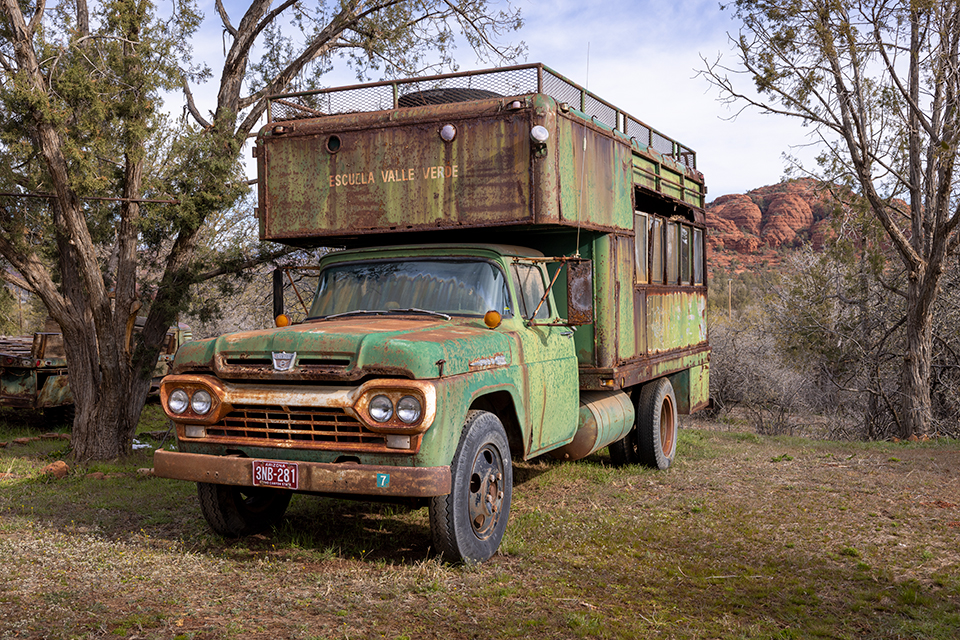
That support includes Heller, who now lives in Washington state but has reconnected with the school more than 30 years after her own graduation. Her two sons now attend Verde Valley School, a decision the family made in part because of COVID-19.
“When the pandemic hit and I realized my oldest would be starting his freshman year sitting in a room, staring at a screen and four walls, I knew I had to find another solution,” she says. “Four years is such a short time in their lives, but it makes a tremendous impact on them. It shapes them.”
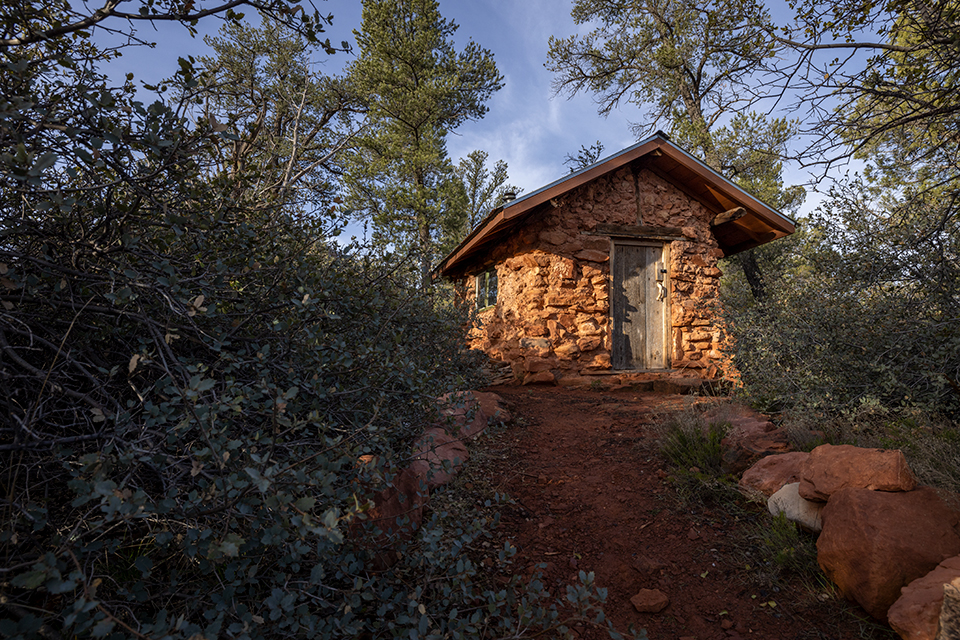
Amid the health worries, Verde Valley School had been able to create a safe place for students and provide as normal an experience as possible, she adds. And in honor of her late mother, who helped pay the tuition, Heller has contributed money to help the school weather the pandemic and restore a damaged stained-glass window in its chapel.
“It’s been a lifeline for him,” Heller says of her oldest son and the school that’s given him and other students the skills and perspectives they need to succeed in life. “It’s ironic that it sits here in this little valley, protected and all by itself, but it opens up the whole world.”
Verde Valley School is located at 3511 Verde Valley School Road in Sedona. To learn more about the school or this year’s Dream Concert, call 928-284-2272 or visit vvsaz.org.

